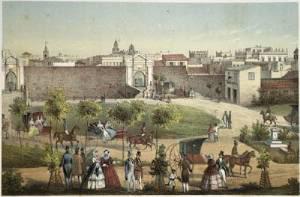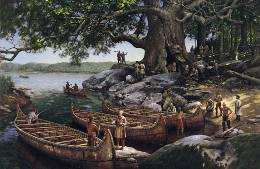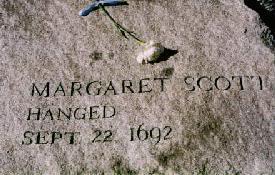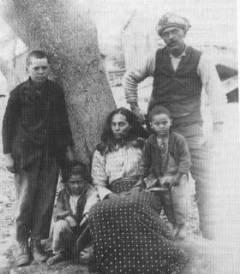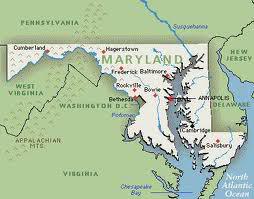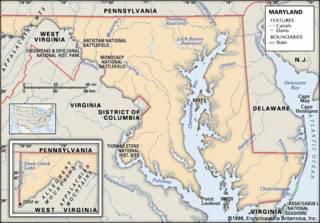History of Slavery in Pennsylvania In the early 1600s, the Delaware Valley was an outlying region of the New Netherland Colony on the Hudson River. It was governed by the Dutch West India Company and populated by Dutch and Swedes more interested in fur trapping than farming. It faced the same labor shortage that plagued New Netherland, and it found the same solution. African slaves were working there as early as 1639. In 1664, the Delaware settlers contracted the West India Company “to transport hither a lot of Negroes for agricultural purposes.” The demand for slaves continued when the English assumed rule that same year. The town magistrates of New Castle, then the major settlement in the region, petitioned “that…
